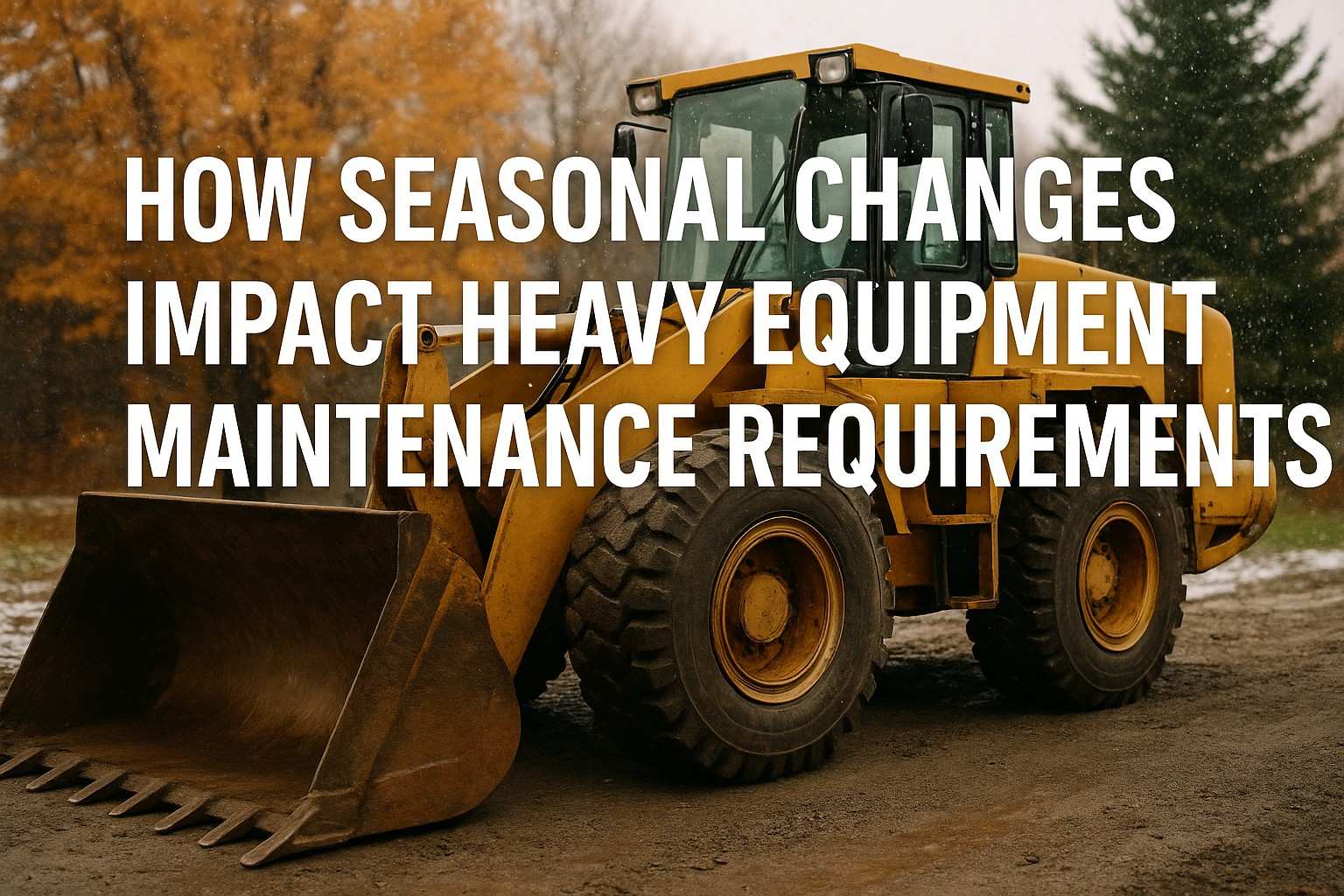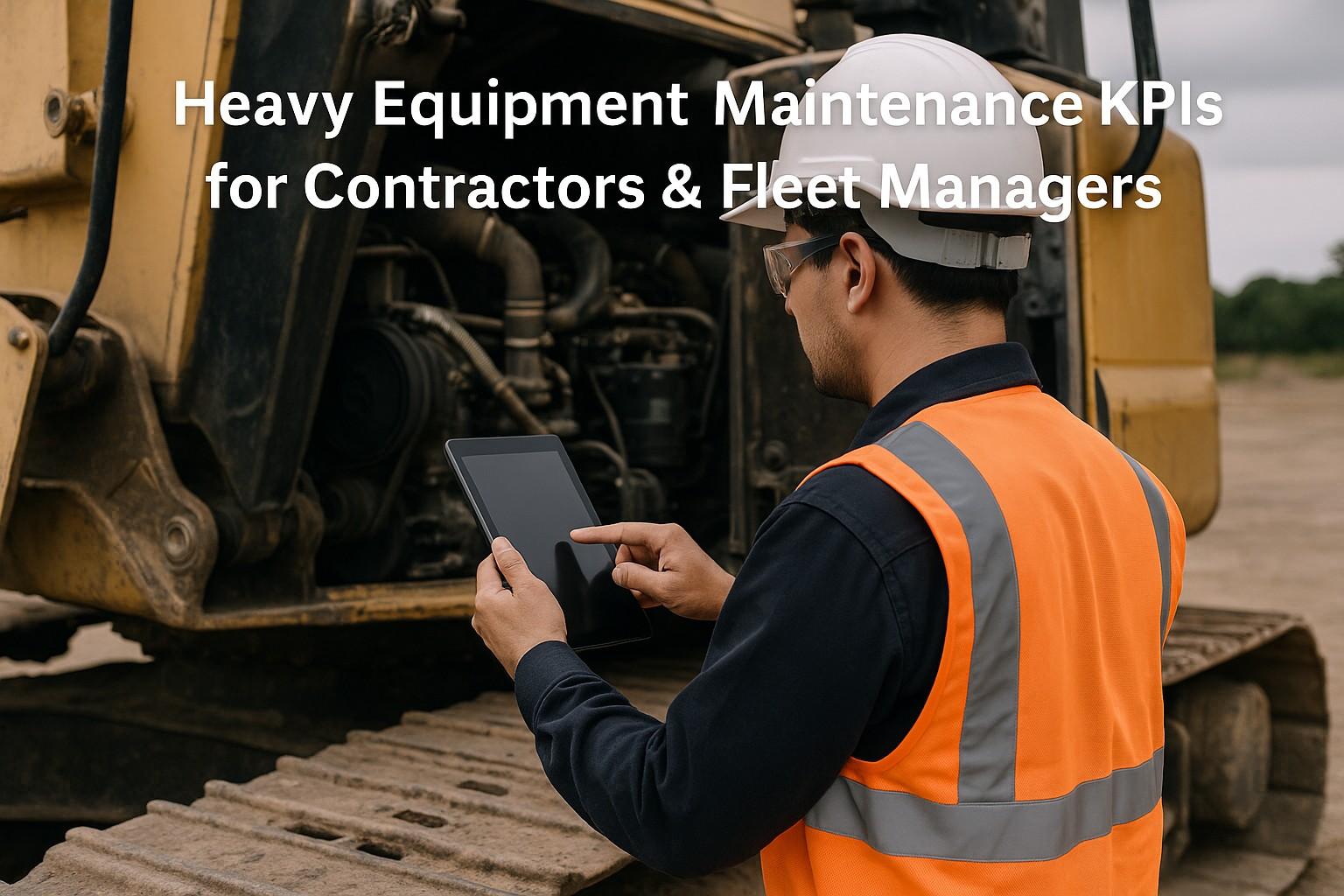The DOT pre-trip inspection checklist is a critical safety protocol mandated by the Department of Transportation (DOT) for all commercial motor vehicle (CMV) operators. Whether you’re a fleet manager or a truck driver, understanding and implementing this checklist is essential to maintain safe road operations and ensure FMCSA/DOT compliance.
Understanding the DOT Pre-trip Inspection Checklist
For vehicles exceeding 10,000 pounds and semi-trailer/tractor combinations, the DOT pre-trip inspection is not just a regulatory requirement—it's a vital safety measure. This comprehensive pre-trip inspection checklist (often referred to as the DOT inspection checklist or truck pre trip inspection) ensures that every commercial vehicle meets stringent safety standards before hitting the road.
Essential Time Management for Pre-Trip Inspections
Every pre-trip inspection plays a crucial role in commercial vehicle safety. Typically lasting around 30 minutes, these inspections are a sound investment for carriers of any size. For CDL Class A drivers, the truck driver pre trip inspection is the first line of defense against potential issues that could compromise safety and operational efficiency.
Key Inspection Points and Requirements
A standard DOT pre-trip inspection involves roughly 45 checkpoints for the power unit and an additional 15 for trailers. These pre trip inspection points cover everything from engine performance to trailer brake systems, ensuring that every component meets or exceeds Level 1 North American Standard Inspection requirements. This meticulous process is fundamental to:
This meticulous process is fundamental to:
- Enhancing Fleet Reliability: Regular inspections help identify potential issues before they escalate.
- Optimizing Maintenance Schedules: Proactive fault detection supports a more efficient maintenance program.
- Ensuring Consistent Vehicle Availability: Well-maintained vehicles reduce downtime and improve fleet productivity.
- Maintaining DOT Compliance: Adherence to inspection protocols is key to meeting both DOT and FMCSA pre trip inspection requirements.
Experienced fleet managers often go beyond the basic DOT standards, implementing additional truck safety inspection measures to further safeguard their operations.
Paper vs. Digital Inspection: The Future is Now
Traditionally, many fleets have relied on paper-based checklists for pre-trip inspections. However, these pre trip inspection forms come with several drawbacks:
- Delayed Real-Time Data Sharing: Paper forms can’t provide immediate feedback.
- Inefficient Maintenance Scheduling: Manual data entry may lead to delays in addressing issues.
- Limited Communication: Paper records hinder real-time communication between drivers and maintenance teams.
- Time-Consuming Paperwork: Managing, storing, and retrieving paper records is labor-intensive and error-prone.
Digital Solutions with HVI
HVI’s digital platform offers a modern approach to managing the vehicle inspection checklist process. With HVI, fleet managers can enjoy features that include:
- Real-Time DVIR Compliance Tracking: Monitor inspections as they happen, ensuring immediate compliance.
- Customizable Inspection Forms: Design and modify DOT compliance checklists tailored to specific equipment.
- Instant Fault Reporting: Quickly identify and address issues with immediate notifications.
- Photo Documentation: Enhance records with visual proof of compliance and fault conditions.
- Automated Notifications: Keep your team informed with real-time management alerts.
Moreover, HVI allows fleet managers to design custom inspection templates, duplicate existing forms, and seamlessly convert traditional paper checklists into an efficient digital format. This transformation leads to streamlined maintenance tracking, enhanced safety compliance, reduced administrative burdens, and improved overall communication.
Benefits of a Digital Pre-Trip Inspection Process
Switching from paper-based systems to a digital approach using fleet inspection software like HVI offers numerous benefits:
- Streamlined Maintenance Tracking: Automated processes ensure that every issue is logged and addressed promptly.
- Enhanced Safety Compliance: Consistent digital records support adherence to safety regulations.
- Reduced Administrative Burden: Eliminate the hassle of manual paperwork with easy-to-access digital records.
- Improved Communication: Real-time notifications and reporting facilitate seamless interaction between drivers and maintenance teams.
- Real-Time Data Analytics: Utilize performance data to make informed decisions and optimize fleet operations.
Learn More About DOT Pre-Trip Inspection Requirements
Staying compliant with DOT regulations and ensuring the safety of your fleet has never been more critical. With HVI, you gain access to a comprehensive digital solution that simplifies DVIR compliance, fleet maintenance management, digital inspection processes, compliance reporting, and real-time fleet monitoring.
Ready to Modernize Your Fleet Operations?
Transform your pre-trip inspection process with HVI's comprehensive digital solution.
Start Your Free Trial
5 Frequently Asked Questions About DOT Pre-Trip Inspections
1. What exactly is required in a DOT pre-trip inspection checklist?
A DOT pre-trip inspection requires checking approximately 45 points on the power unit and 15 additional points for trailers. These include examining the engine compartment (fluids, belts, connections), testing cab controls and gauges, inspecting external components (brakes, tires, suspension, coupling devices), checking trailer components, and performing brake tests. All commercial vehicles exceeding 10,000 pounds must undergo these inspections to meet FMCSA regulations and ensure road safety before operation.
2. How long should a proper DOT pre-trip inspection take?
A thorough DOT pre-trip inspection typically takes about 30 minutes to complete for experienced CDL drivers. While this may seem time-consuming, this investment is essential for safety compliance and preventing roadside breakdowns. The inspection time may vary depending on the vehicle type, with combination vehicles requiring more extensive checks. Fleet managers should build this time into scheduling to ensure drivers aren't rushed through this critical safety procedure.
3. Are digital pre-trip inspection forms better than paper checklists?
Digital pre-trip inspection forms offer significant advantages over traditional paper checklists, including real-time data sharing, instant fault reporting, photo documentation capabilities, and automated maintenance scheduling. Paper forms often lead to delays in communication between drivers and maintenance teams, create administrative burdens, and can result in lost or damaged records. Digital solutions streamline the entire process, enhance regulatory compliance tracking, and provide valuable analytics for fleet optimization.
4. What are the most common DOT pre-trip inspection failures and violations?
The most frequently cited DOT pre-trip inspection failures include brake system defects (worn linings, air leaks, adjustment issues), lighting/signal malfunctions, tire problems (inadequate tread depth, improper inflation), steering component issues, and suspension defects. These violations often result in vehicles being placed out-of-service during roadside inspections. Implementing systematic inspection procedures and addressing maintenance issues promptly can significantly reduce these common violations.
5. What are the legal consequences of skipping or inadequately performing pre-trip inspections?
Failing to properly conduct and document pre-trip inspections can result in serious legal and financial consequences. Penalties may include hefty fines (often thousands of dollars per violation), being placed out-of-service during roadside inspections, negative impacts on CSA scores affecting carrier authority, increased insurance premiums, and potential liability issues in accident cases. In severe cases involving accidents, drivers and carriers may face civil litigation and even criminal charges if it's determined that inadequate vehicle inspection contributed to the incident.
Get More Fleet Insights
Subscribe to our newsletter for the latest tips, trends, and case studies.
Subscribe on LinkedIn



